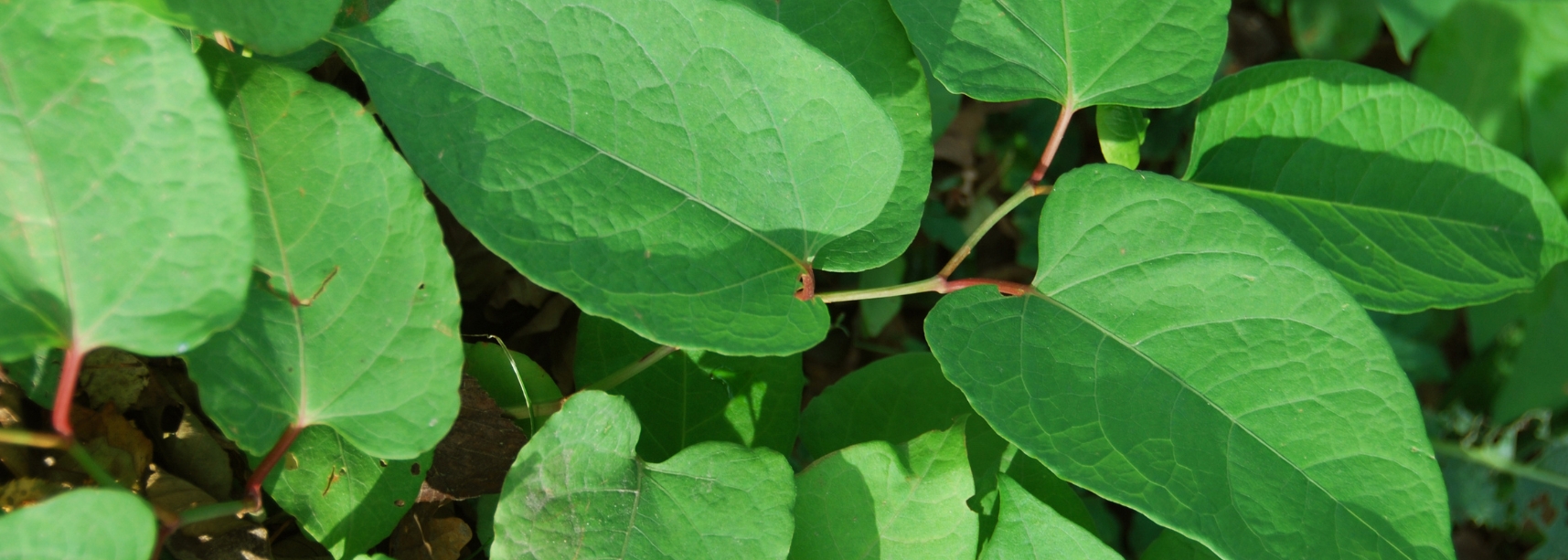
London’s Japanese Knotweed problem
Published on 26/08/25
Itadori... donkey rhubarb... reynoutria japonica... Whatever you call it, Japanese Knotweed is now so pervasive that it’s become a major legal headache as well as an environmental one.
While some studies suggest that South Wales is the UK’s knotweed capital, Greater London ranks high on lists of affected locations, with major outbreaks reported across the city, in Kingston, Stepney, Hampstead and Bromley, to name just a few ‘knotspots’.
The environmental risks that Japanese Knotweed presents in the UK have been recognised since at least the 1970s. However, the widespread legal implications have really come to the fore over the past decade or two, presenting new risks for any sort of landowner.
A knotty legal problem
The Wildlife and Countryside Act first made it an offence to plant or allow Japanese Knotweed to grow in the wild, back in 1981. Despite various amendments since, criminal prosecution is unlikely and probably the least of the legal worries that have accompanied the itadori invasion.
Civil litigation has become more common in recent years, as homeowners have sought compensation for the nuisance that the weed undoubtedly causes and the cost of removing it, which needs to be carried out by professionals and can take years.
In 2022, Croydon Council paid a resident more than £15,000 to settle a legal claim after acknowledging that the Japanese Knotweed that had taken over her garden had spread from a neighbouring property, owned by the council.
Another claim that was first brought against Bridgend County Borough Council in Wales in 2020, came before the Supreme Court in 2024 after successive appeals over a fine legal point about the diminution of the value of property affected by the weed.
The cost of growth
While criminal prosecution may be unlikely there are two key legal risks about which homeowners and landlords need to be mindful.
First and foremost, is the ongoing risk of allowing Japanese Knotweed to spread onto neighbouring land. It’s not against the law to have it on one’s own property, but there is a legal duty to take reasonable steps to prevent it spreading elsewhere. Failure to do so could result in legal action for the nuisance it causes and having it professionally eradicated.
The second risk only comes about when a property is sold because the seller is legally required to disclose the presence of Japanese Knotweed on the property.
Even if it isn’t causing any damage, the mere presence of the weed can affect house values by tens of thousands of pounds, and sellers could face claims of misrepresentation during the sale and be compelled to pay for the land to be professionally treated and other damages.
Here to stay
Despite many Londoners living in flats or other properties without a garden, other factors probably contribute to the city’s knotweed problem. The density of properties and proximity of many to railway lines where it is known to flourish, combined with high property values, make it an issue that property owners would be foolish to ignore.
The high proportion of rented properties in the capital may also play a part. Tenants may be less likely to look out for the invasive species that could get out of control quickly, between periodic visits by a landlord.
ARAG’s commercial, family and landlord policyholders all have access to a legal helpline that can give advice on any of the legal issues around Japanese Knotweed.
While scientists may be working on treatments to control and inhibit the spread of Japanese Knotweed, it’s safe to say that reynoutria japonica and the legal headaches that come with it are here to stay.
Disclaimer - all information in this article was correct at time of publishing.
Related articles


